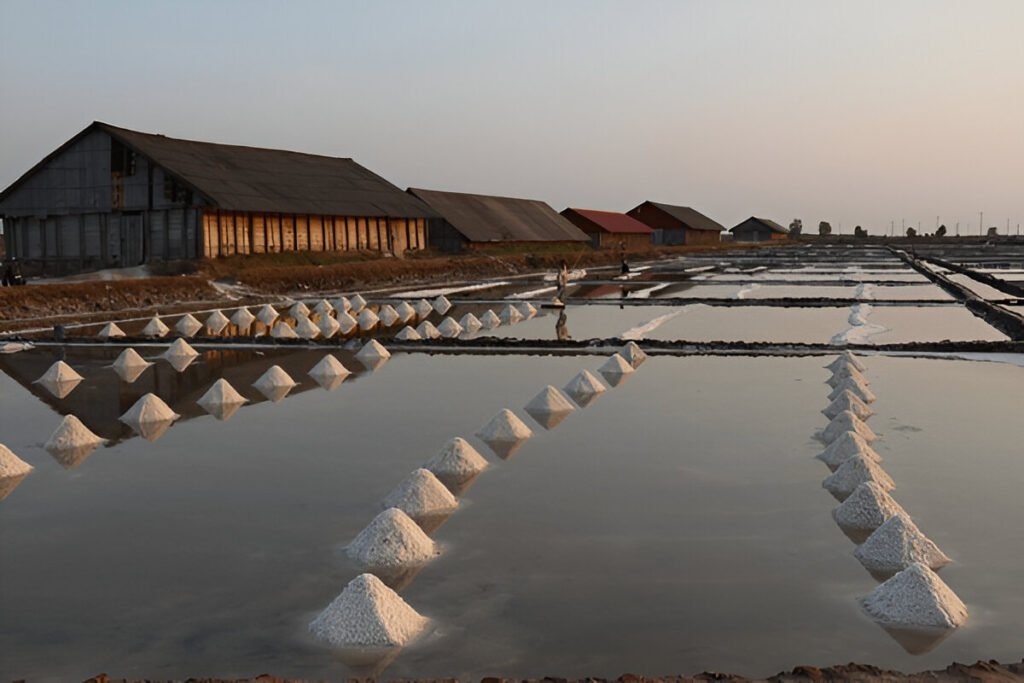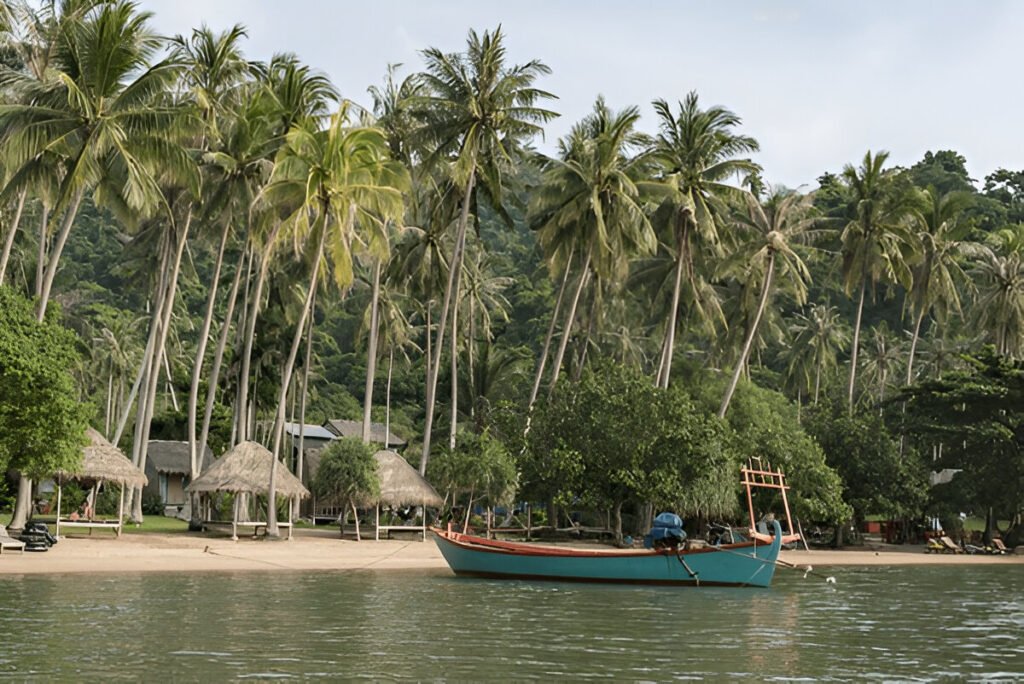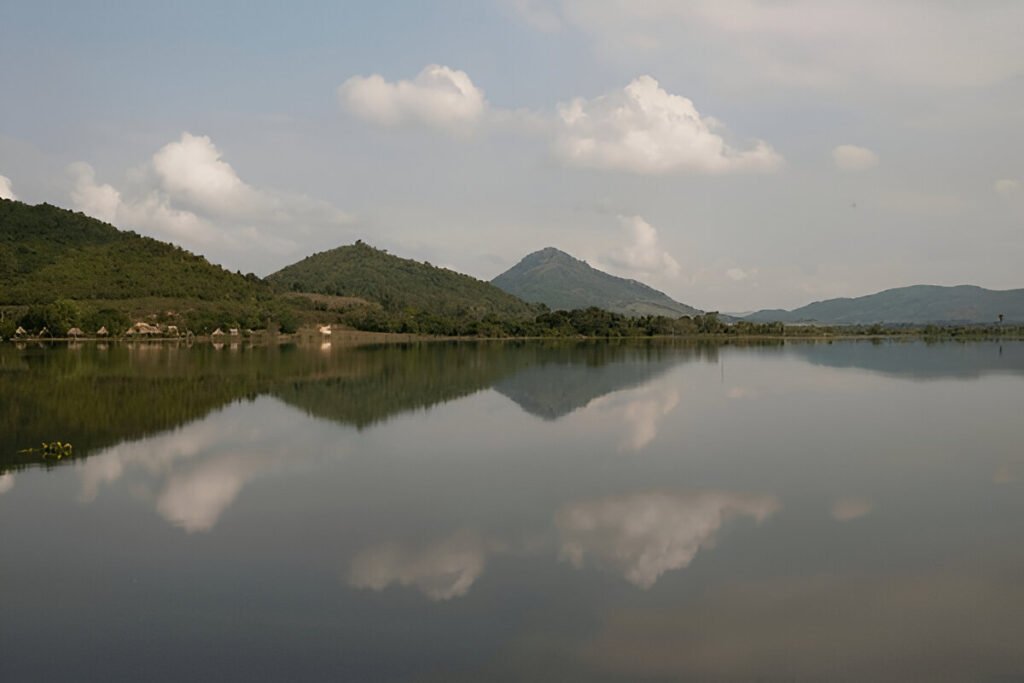Introduction:
Nestled on the western coast of Lantau Island lies a hidden gem of Hong Kong—the Tai O Fishing Village. This unique destination, with its distinctive stilt-houses, offers a fascinating glimpse into Hong Kong’s traditional fishing culture and is a must-visit for anyone seeking a break from the city’s skyscrapers. Dating back to the Ming Dynasty, this tiny village was once a thriving fishing community and remains as one of the few places in Hong Kong where this traditional way of life can still be observed.
Discovering Tai O: A Journey into Hong Kong’s Stilt-House Heritage
Tai O, often referred to as the "Venice of the East", is a captivating blend of old and new. As you approach the village, you’re greeted by the sight of rustic stilt-houses or ‘pang uks’, precariously balanced on wooden stilts above the tidal flats. These, now endangered, architectural marvels were built by the Tanka people, a nomadic southern Chinese ethnic group who chose to live on the water. The stilt houses, interconnected with plank walkways, are not only picturesque but also a testament to the resilient spirit of the Tai O fishing community.
Exploring the village further, you’ll find narrow lanes teeming with life. Street vendors sell a variety of traditional food items like dried fish and shrimp paste, while others offer homemade crafts. Amidst the hustle and bustle, don’t miss catching a glimpse of the village’s historical structures such as Yeung Hau Temple, one of the oldest temples in Hong Kong, and the Old Tai O Police Station, a declared monument turned boutique hotel.
Exploring the Charm of Traditional Fishing Life in Tai O Village
Life in Tai O revolves around the sea. As you stroll through the village, you’ll encounter locals mending their fishing nets, preparing their day’s catch, or steering their boats through the network of canals. Witnessing their daily routines provides an authentic insight into Hong Kong’s traditional fishing life. To truly experience the charm of this distinct lifestyle, hop on a sampan (wooden boat) for a leisurely cruise around the stilt houses and through the labyrinth of waterways.
The village also offers a wealth of natural beauty. A short hike from the village leads you to a lookout point with breathtaking views of the South China Sea. For wildlife enthusiasts, Tai O is a popular spot for dolphin-watching tours where you can see the endangered pink dolphins, also known as Chinese white dolphins. Additionally, the village often hosts traditional dragon boat races, a colorful spectacle that draws crowds from all over Hong Kong.
Local Tips:
The best time to visit Tai O is during the mornings when the markets are lively and the temperature is comfortable. Wear comfortable walking shoes as you’ll be exploring mostly on foot. Don’t forget to bring your camera for capturing the unique sights of the village. While English is commonly spoken, learning a few phrases in Cantonese can significantly enhance your interactions with the locals.
How to Get There:
Tai O is easily accessible from Hong Kong. You can take a ferry to Mui Wo from Central Pier 6 and then catch a bus to Tai O. The journey takes approximately two hours. Alternatively, you can take a cable car from Tung Chung to Ngong Ping and then hop on a bus to Tai O. This route offers stunning views of Lantau Island and the Big Buddha.
Nearby Attractions:
While in the area, you can also visit the Tian Tan Buddha and Po Lin Monastery in Ngong Ping or the beautiful Cheung Sha Beach. An overnight stay at the Tai O Heritage Hotel, the former Old Tai O Police Station, is also recommended for a truly immersive experience.
Conclusion:
Tai O Fishing Village offers a rare glimpse into Hong Kong’s rich cultural heritage and natural beauty. It’s a place where tradition and modernity coexist, where every corner tells a story, and where time seems to stand still. So, step off the beaten path and lose yourself in the enchanting world of Tai O. You’ll leave with not just beautiful pictures, but also unforgettable memories.






